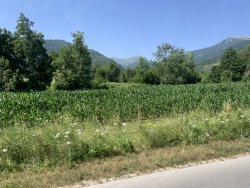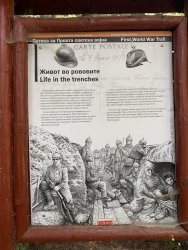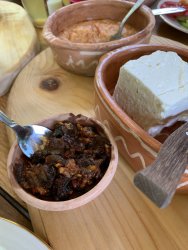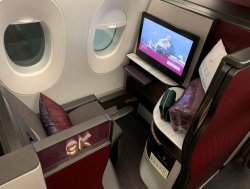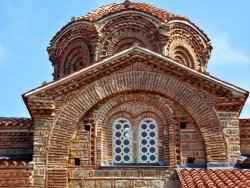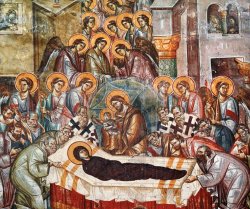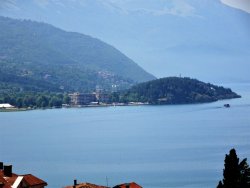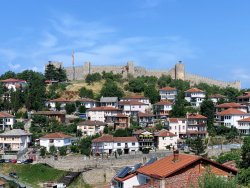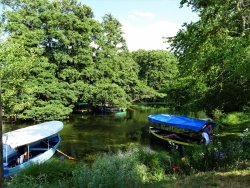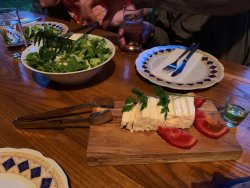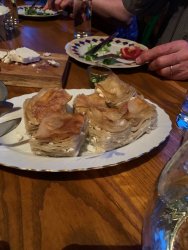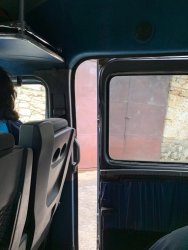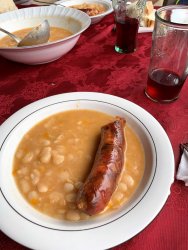- Joined
- Nov 12, 2012
- Posts
- 29,012
- Qantas
- Platinum
- Virgin
- Platinum
- Star Alliance
- Gold
From Veles the next day it was on to Bitola, Macedonia's second largest city (75,000). Our guide has been giving talks and answering questions on the 'politics' of the Balkans 'oy, vey !'. What a mess - pre Yugoslavia, post Yugoslavia, you name it. The tiff with Greece over 'Macedonia' etc etc. More to come on this.
Bitola is home to Heraclea Lyncestis, an ancient Greek city, in Macedonia, ruled by the Romans, up to the Byzantine era, abt the 6th century AD.. Again, there are some excavated Roman era ruins, OK but not the best I've seen.




Plenty of murals

And of curse a theatre, like the last one, half reconstructed.

Bitola is home to Heraclea Lyncestis, an ancient Greek city, in Macedonia, ruled by the Romans, up to the Byzantine era, abt the 6th century AD.. Again, there are some excavated Roman era ruins, OK but not the best I've seen.




Plenty of murals

And of curse a theatre, like the last one, half reconstructed.




















